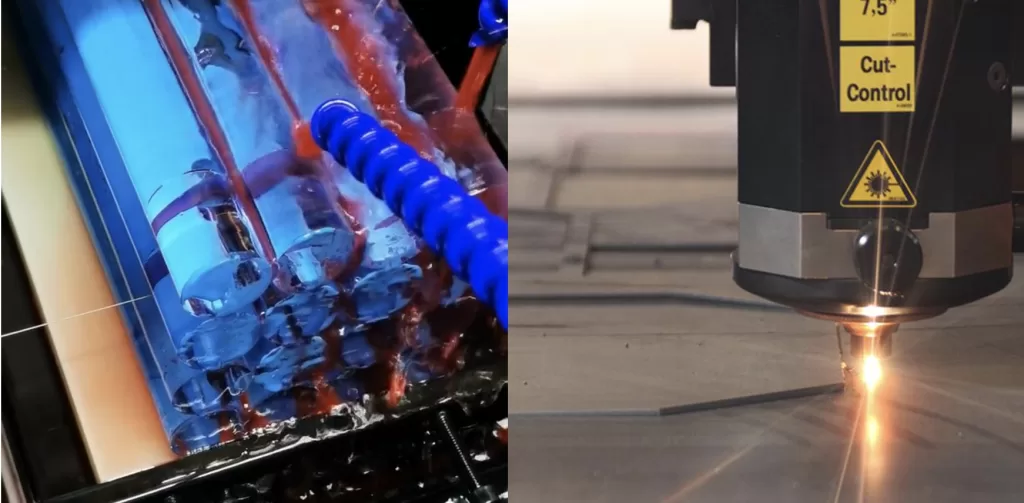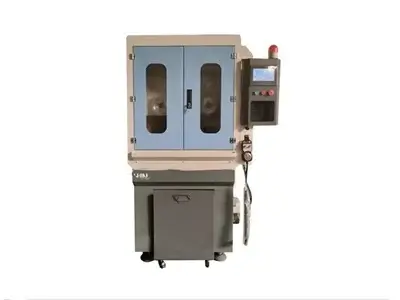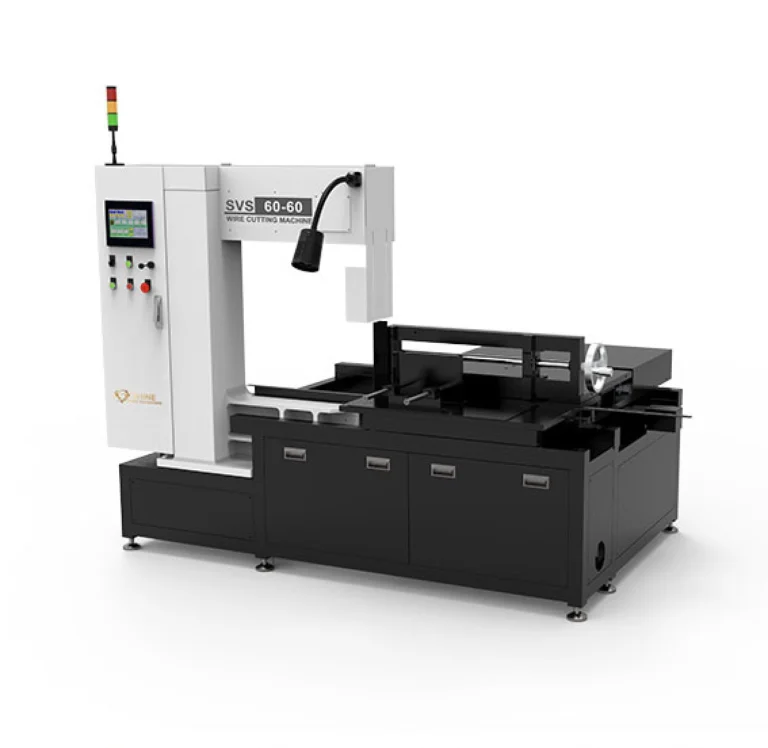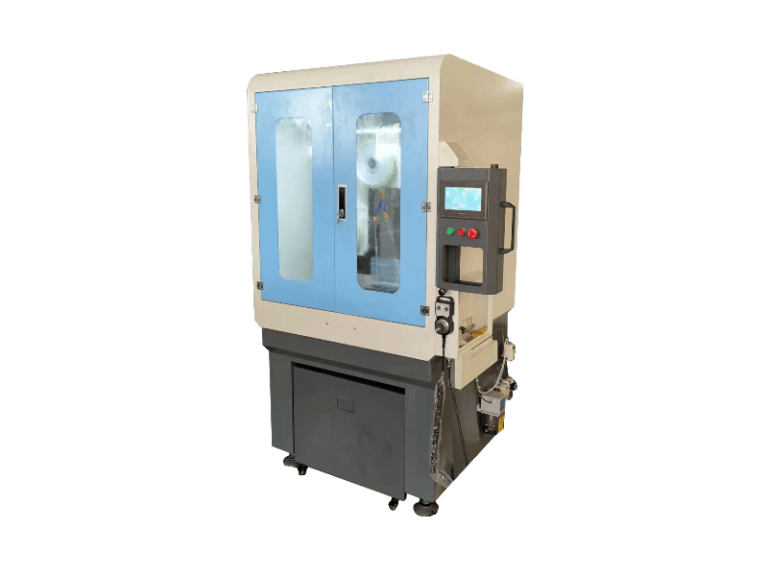Keywords: laser cutting, diamond wire cutting, laser cutting vs. diamond wire cutting

Table of Contents
Introduction
In the realm of modern manufacturing, precision cutting technologies play a pivotal role in shaping various materials for different industries. Two prominent techniques, laser cutting and diamond wire cutting, have gained recognition for their unique capabilities. In this article, we will delve into the fundamental differences between these two cutting methods, shedding light on their distinct attributes and applications.
Laser Cutting: Precision at the Speed of Light
Laser cut is a high-precision cutting technology that employs a focused laser beam to cut through materials. This concentrated beam of light generates an intense heat source, which melts, vaporizes, or blows away the material. The fundamental differences between laser cutting and diamond wire cutting lie in their operational principles, materials cut, and applications.
Diamond Wire Cutting: A Cut Above the Rest
Diamond wire cutting, on the other hand, is a novel and innovative method. This technique involves a wire embedded with tiny diamond particles. This wire is used to cut various materials, including metals, ceramics, composites, and even non-conductive materials with utmost precision. Diamond wire cutting offers several advantages that set it apart from laser cutting:
1. Material Versatility:
- Laser Cutting: Laser cut is well-suited for a wide range of materials, including metals, plastics, and organic materials. However, it might not be as effective on some materials that are highly reflective or absorbent.
- Diamond Wire Cutting: Diamond wire cutting is inherently versatile, capable of cutting conductive and non-conductive materials. This technology is particularly useful in situations where traditional methods or laser cutting face limitations.
2. Precision and Finish:
- Laser Cutting: Laser cut delivers high-precision cuts and excellent surface finish. It excels in applications where intricate and detailed cutting is required.
- Diamond Wire Cutting: Diamond wire cutting offers exceptional precision and fine surface quality, making it suitable for applications demanding superior surface finish and minimal material waste.
3. Thermal Influence:
- Laser Cutting: Laser cuts employs a heat source to melt or vaporize materials, which can introduce heat-affected zones (HAZ) and potential thermal stress. This can be a concern when cutting certain materials.
- Diamond Wire Cutting: Diamond wire cutting is a non-thermal process. It minimizes the risk of thermal damage or distortion in materials, making it advantageous for delicate applications.
Applications: Where They Shine
Both laser cutting and diamond wire cutting find applications across a range of industries. The choice between these methods depends on specific requirements:
1. Laser Cutting Applications:
- Automotive Industry: Laser cuts is used to fabricate intricate parts, trim components, and cut airbags in the automotive sector.
- Electronics Manufacturing: It plays a crucial role in producing intricate components for electronic devices and printed circuit boards.
- Aerospace: Laser cut helps in crafting precise components for aircraft and spacecraft.
2. Diamond Wire Cutting Applications:
- Semiconductor Manufacturing: Diamond wire cutting is vital for producing silicon wafers, MEMS devices, and other semiconductor components, where precision is paramount.
- Glass Cutting: It is used in the production of high-quality glass products, like display panels, lenses, and optical elements.
- Stone and Ceramic Processing: Diamond wire cutting is instrumental in carving ornate designs in stone and ceramic materials.
Conclusion: Choosing the Right Tool
Laser cutting and diamond wire cutting are two advanced methods with distinctive features. The choice between them depends on the specific material, the degree of precision required, and the intended application. Understanding the fundamental differences between these methods is crucial to selecting the right tool for your cutting needs. Whether you opt for the speed and versatility of laser cutting or the precision and material versatility of diamond wire cutting, these technologies continue to shape various industries, driving innovation and progress in manufacturing and beyond.







